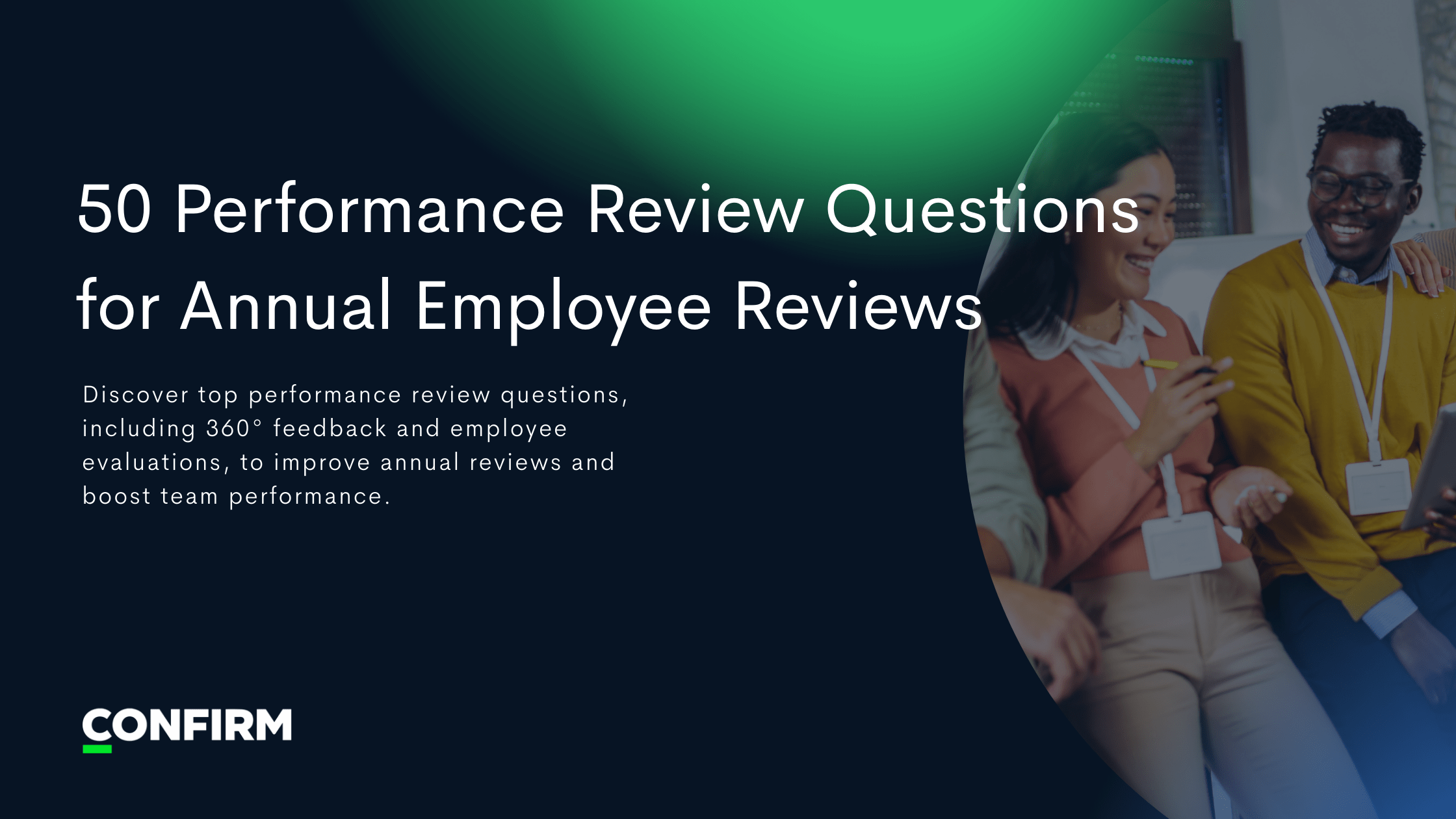
Blog post
How to Identify the Toxic Employees Dragging Your Bottom Line
Are toxic employees hurting your bottom line? Let's find out who's raining on everyone else' s parade!

In the complex ecosystem of an organization, every member plays a pivotal role in its success or failure. Most employees are committed, productive, and collaborative. However, there is a hidden threat—the toxic employee. Individuals in the bottom 10 percent of the workforce can cause harm. They can harm your team and your organization disproportionately. In this blog post, we will explore the harmful effect of toxic employees. These individuals differ from low performers. Identifying and addressing them can boost an organization's profits.
The Cost of Toxic Employees
Toxic employees act like a virus in your organization. They spread negativity, demotivation, and conflict wherever they go. Their actions and behaviors affect their own performance. Their actions and behaviors also have a cascading effect on their colleagues. This leads to decreased morale, increased turnover, and lower productivity. The cost of toxic employees is not limited to the emotional toll on team members but also has financial implications.
Studies have shown that toxic employees can cost organizations serious cash. Harvard Business School found that firing a toxic employee saves $12,500. Their presence leads to higher absenteeism. It also leads to increased medical expenses from the stress they cause. Additionally, it results in decreased customer satisfaction. All these factors can have a significant impact on the bottom line.
Identifying Toxic Employees
It's essential to differentiate between toxic employees and low performers. Low performers struggle to meet job expectations due to skill gaps or a lack of training. Toxic employees exhibit behavioral issues beyond performance metrics. Toxic behaviors may include:
1. Negativity
Constantly complaining, criticizing, or spreading pessimism among colleagues.
2. Dishonesty
Engaging in unethical or deceitful behavior, such as lying or stealing credit for others' work.
3. Bullying and Harassment
Creating a hostile work environment through intimidation, harassment, or verbal abuse.
4. Sabotage
Actively working against the interests of the team or the organization.
To identify toxic employees, organizations can utilize tools like Organizational Network Analysis (ONA). ONA assists in mapping informal relationships and connections within organizations. It uncovers patterns of interaction and influence. Organizations can analyze these networks to identify consistently negative individuals. They might also pinpoint those who negatively influence others.
Addressing Toxic Employees
Once toxic employees have been identified, it is crucial to take appropriate action. Some individuals may just require coaching or extra support to change. Others may need to depart the organization to prevent more harm. Here are some steps to address toxic employees effectively:
1. Document Behavior
To begin, record specific instances of toxic behavior. Include dates, times, and the individuals involved. This will provide a clear record of the issue.
2. Open Communication
Initiate a conversation with the toxic employee. Discuss their behavior and its impact. Sometimes, they may not be aware of the harm they are causing.
3. Provide Feedback and Support
Offer helpful feedback to assist the employee in addressing negative behaviors. Provide coaching to help the employee recognize and address negative behaviors. Provide resources and support to facilitate improvement.
4. Set Clear Expectations
The organization must clearly communicate expectations for behavior and performance. They must also outline the consequences of failing to meet them.
5. Monitor Progress
Regularly assess the employee's progress in addressing their toxic behavior. Keep the lines of communication open and provide ongoing feedback.
6. Consider Termination
If toxic behavior continues despite efforts to address it, termination may be necessary. Termination protects the team and the organization.
Can Toxic Employees Change?
While some toxic employees can change their ways with the right support and coaching, not all of them will. Some will keep gossiping, serving as bottlenecks, and stealing their co-workers’ lunches from the fridge. Research suggests that behavior change depends on several factors. The seriousness of the harmful actions is one factor to consider. Another factor is the person's willingness to change. Additionally, the effectiveness of the help is also important. It's essential for organizations to approach each case on an individual basis and make data-driven decisions.
In times of economic uncertainty, organizations must address toxic employees. Ignoring their impact is not an option. These individuals can harm team dynamics, morale, and the organization's bottom line. They often cause significant harm to customer experience and the general efficiency of a firm.
The cost of retaining toxic employees can far outweigh the benefits, both financially and in terms of the well-being of your workforce. Addressing toxic behavior is crucial for a healthy workplace. It is also vital for long-term organizational success.
Ready to see Confirm in Action?
See why forward-thinking enterprises use Confirm to make fairer, faster talent decisions and build high-performing teams.









